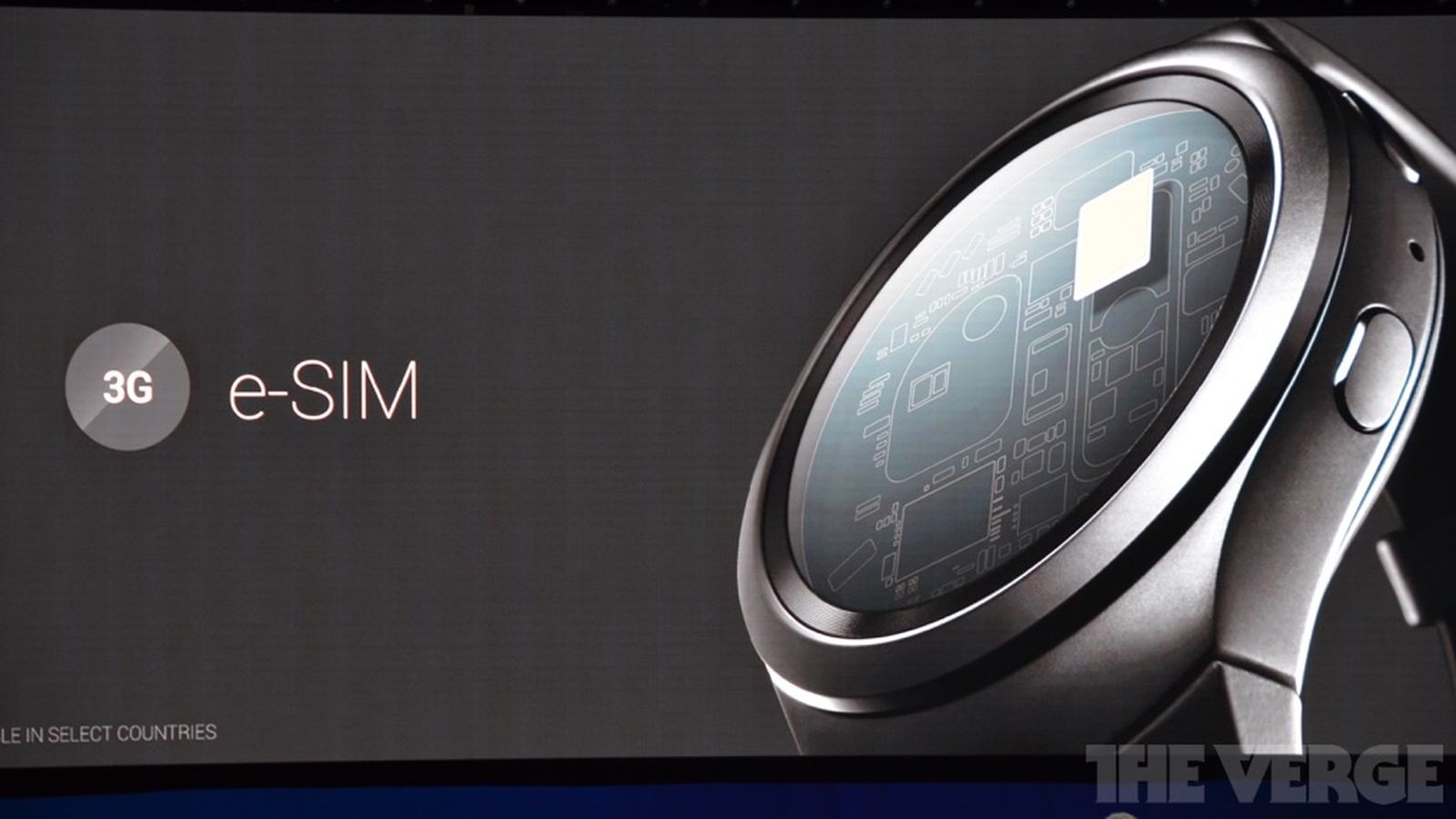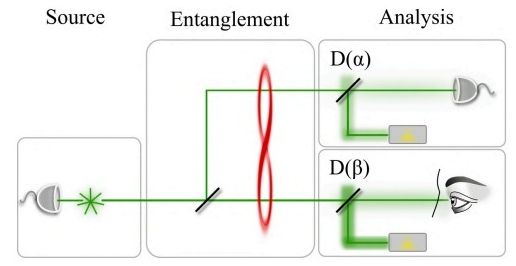
The day the physical SIM card disappears is slowly getting closer. Last year, we heard that Samsung, Apple, and various mobile carriers were working to create a new standard for embedded or eSIMs (programmable SIMs that allow you to switch carriers without swapping the physical card in your device). Now, the GSMA has announced a new eSIM specification for smartwatches, fitness trackers, and tablets, with Samsung’s Gear S2 Classic 3G the first device on the market to come equipped with the new technology.
Now, a few caveats are needed. This isn’t the first mobile device to offer a programmable SIM card (certain iPads have this functionality using Apple’s own tech, for example). Nor does the standard apply to smartphones, with the GSMA saying that won’t be coming until June. And while the June eSIM will allow users to store the profiles of multiple carriers on a single phone, this new specification only supports one carrier at a time. However, this is still a big step forward for the eSIM, with the new specification backed by some of world’s largest hardware manufacturers (including Samsung, LG, Microsoft, and Huawei) and mobile carriers (including AT&T, Verizon, Vodafone, Deutsche Telekom, Telefónica, and EE).
Speaking to The Verge, the GSMA’s chief engineer Ian Pannell says that the new specification is all about giving users more control. “We don’t want the consumer to be disadvantaged compared to the current SIM model,” he says, adding that the new specification is a simpler version of the full eSIM, to ease hardware partners into the change: “We’re putting the first specification out for companies that may want to launch products that are very simple.” He adds that the eSIM is also 90 percent smaller than a traditional SIM card, offering “a big saving in space.”
Read more

















